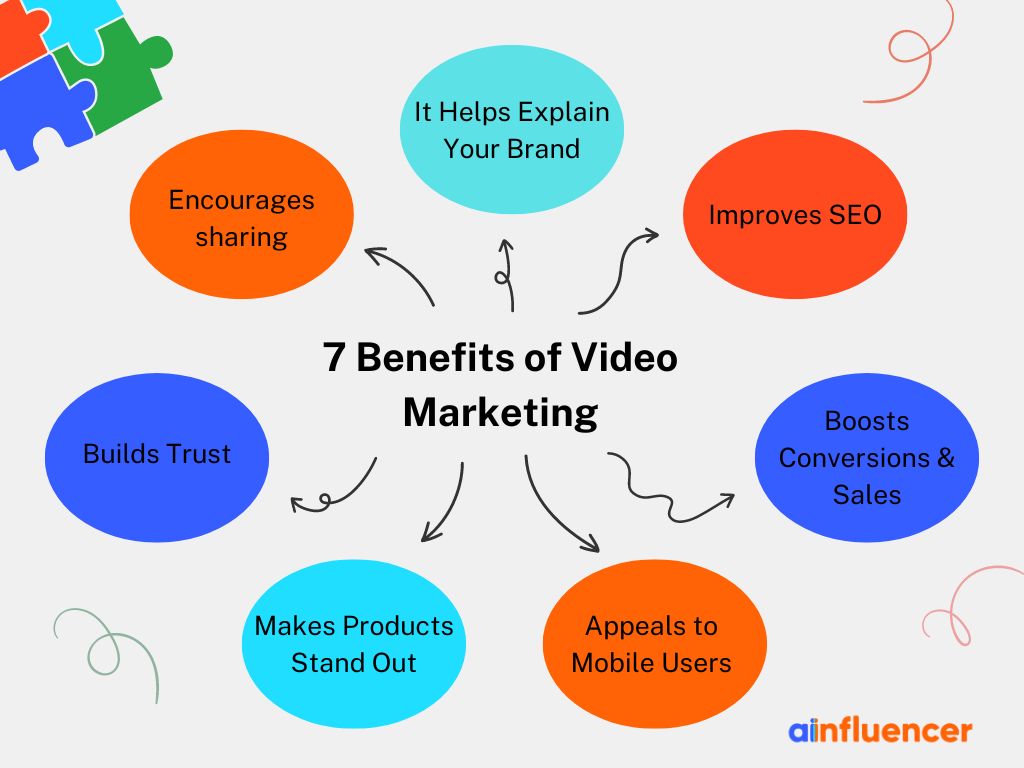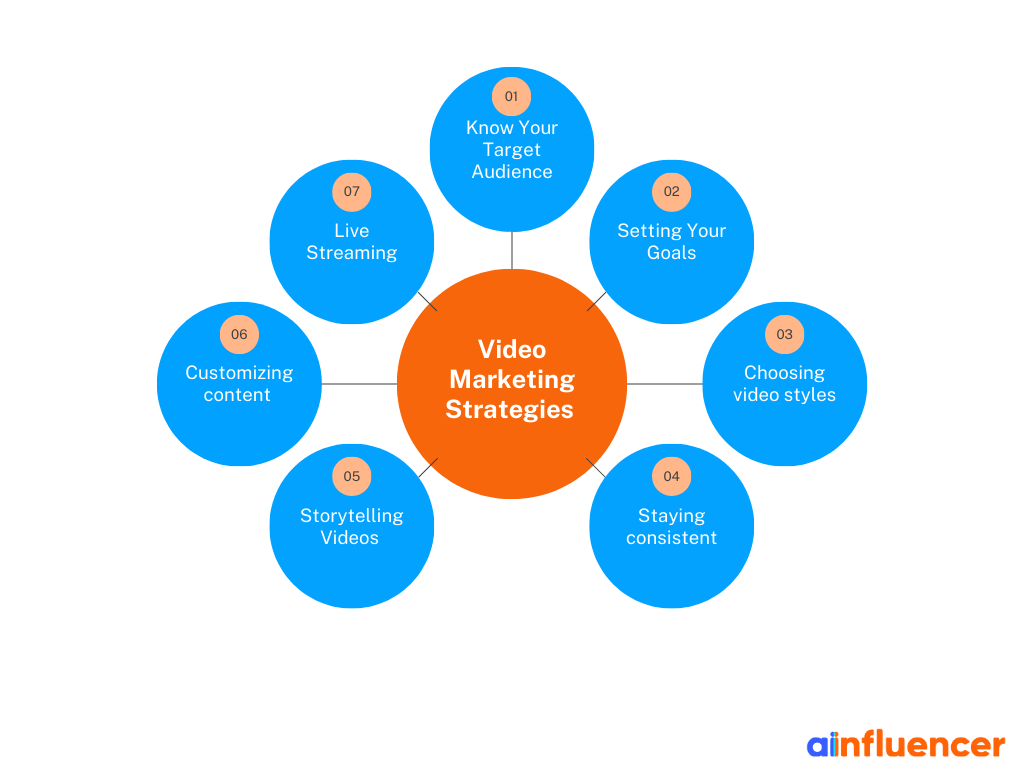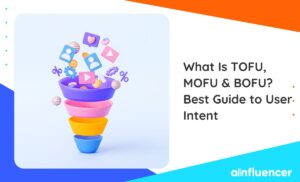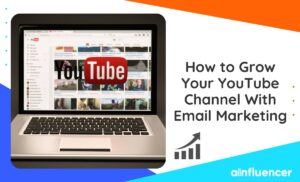What would you do to learn something new besides taking classes? Do you consider reading or watching online courses? For a lot of people, watching videos is more appealing. And that’s where video marketing comes in handy.
Video Marketing is a form of marketing that involves creating and sharing videos to promote a product, service, or brand. It is a strategy used by businesses to engage with their target audience, increase brand awareness, drive traffic to their website, and ultimately boost sales.
In this article, we’ll guide you through comprehending various video marketing strategies and all aspects related to them.
Ready? Let’s get started!
What Is Video Marketing?
Video marketing refers to the use of videos to promote, advertise, or communicate messages to a target audience to achieve specific marketing goals. This form of social commerce involves creating and distributing videos across various platforms, such as social media, websites, and video-sharing platforms like YouTube.
There are several different types of video marketing, such as explainer videos, product demonstrations, customer testimonials, etc. The purpose is to attract viewers emotionally by providing facts in a way that makes them interested. This helps with things like making people aware of a brand, getting them engaged, and leading them to take actions like buying or subscribing.
Pretty straightforward, right? Now let’s discuss the importance of its strategy!
Why Is Video Marketing Important?
Thanks to platforms like YouTube and TikTok, video marketing has become an integral part of the marketing world. It’s crucial because it captures attention and delivers messages clearly. Video marketing helps establish a connection with the audience and simplifies even the most complicated ideas.
This type of marketing makes brands more visible, increases interactions on different platforms, and often leads to more people buying things. But that’s not the only reason why videos are the main way people communicate today. First, smartphones made it easier to watch videos. Moreover, the pandemic increased online media use by 215% in the U.S.
Second, people spend about 17 hours a week watching videos online. We are part of that trend, watching dozens of hours of video each week. So, if you’re looking for a great digital marketing strategy to succeed, don’t Ignore video marketing.
How Does Video Marketing Work?
While video marketing is part of a larger marketing strategy, it has become much more significant with the rise of the Internet and social media. However, using videos for marketing is easy. Your marketing team makes videos that promote your company and brand, drive more sales, increase your brand awareness, or connect with different customers.
You may wonder: how can it help your company? Let’s find out!
Read Also: Best Email Marketing Strategies
What Are The Benefits of Video Marketing?
Video content marketing offers many advantages, but here are some of our top picks:

#1 It Helps Explain Your Brand & Products
Videos are great for sharing your brand story and showcasing your products in ways that text and images can’t. By showing your product in use, customers can see how it works for them. You can also give a behind-the-scenes look at your business, letting people see what motivates your brand.
#2 Improves SEO
Videos can help your website rank higher on search engines like Google. This is because videos engage viewers more, and search engines favor websites with video content. Notice that including links, using relevant keywords, and adding transcripts make your videos easy for search engines to find.
#3 Boosts Conversions & Drives Sales
Using videos at different stages of the buying process can speed up sales and increase conversions. Videos help customers understand your products better, making it easier for them to decide to buy.
#4 Appeals to Mobile Users
Videos are ideal for mobile users who prefer watching over reading long articles. By optimizing your videos for mobile devices and sharing them on popular platforms, you can reach more mobile users.
#5 Makes Products Stand Out
As more people watch videos, using them can help your products or services stand out. With eye-catching visuals and a clear story, your products are more likely to be remembered.
#6 Builds Trust
Videos create a more personal and human connection than written content. They can make your brand seem more trustworthy and approachable.
#7 Encourages sharing
Videos are highly shareable, whether they are long or short. This means your content can reach a wider audience as people share it, increasing customer engagement.
However, you may face difficulties in carrying out video marketing. Read on to know some of them!
Challenges of Video Marketing
In this section, we’ll discuss the challenges you may face while using a video marketing strategy to increase your brand visibility:
- Developing a video marketing plan that aligns with business goals can be difficult. Even with a clear target audience, deciding the types of videos to produce and how to implement them requires planning.
- Many brands struggle because their videos don’t appeal to their audience. It’s crucial to ensure the content is relevant and engaging for viewers.
- Telling an engaging story through video requires training and skill. Even those naturally good at storytelling may find it challenging to attract viewers’ attention quickly.
- With so much competition, it’s daunting to make unique videos.
Don’t worry! By taking the following steps you can overcome these challenges! 😉
How to Create a Video Marketing Strategy?
The details of your video marketing strategies will vary based on the types of videos you make and the platforms you use. However, here are some general tips to help you plan your video content marketing.

1. Knowing Your Target Audience
When you’re exploring content marketing across various platforms, the starting point is understanding your audience. Once you’re clear about who your content is for, everything else becomes smoother. This principle applies to video marketing as well. Knowing your target audience allows you to customize your content to match their likes and requirements.
2. Setting Your Goals
Setting goals in video marketing means outlining what you want to achieve with your videos. Whether it’s more views, engagement, or sales, having clear goals guides your video strategy and measures your success.
It helps you create content that matches your aims. For example, if you want more engagement, create fun and interactive videos. For sales, go with product demos or user-generated content.
Setting clear goals in video marketing is essential for tracking progress and improving strategy. It helps you measure video effectiveness, make adjustments, and align efforts with marketing goals.
3. Having Different Types of Videos
Using the same video style every time could bore your audience. To keep them engaged, consider creating different types of videos. You could make tutorials, demonstrate how products work, share customer stories, explain concepts, and much more.
4. Posting Consistently
Staying consistent means keeping things steady and the same in what you do, say, and how you work over time. It’s like having a clear plan or way of doing things that match your brand or goals. This helps people recognize and trust you better. Whether it’s your look, what you say, or how you act, consistency makes you reliable and strong, making people understand and like you more.
Remember that posting consistently on any platform, not just TikTok, increases your chances of going viral sooner.
5. Using Storytelling Videos
Video marketing storytelling is like telling a story in a video. Instead of just giving facts, videos use a story format to make them more interesting and relatable. These videos have a beginning, middle, and end. They also might have characters, a plot, and emotions. This makes people feel a connection and remember the content better.
Storytelling in video marketing can show a brand’s journey, share stories of happy customers, explain hard ideas, or make people feel certain emotions. Through video storytelling, marketers want to grab attention, connect with emotions, and strongly share messages.
6. Customizing Content
Customizing content means changing the material to fit a particular audience, platform, or situation. Instead of a single approach, customization adjusts language, visuals, and style to match what the audience likes. This makes the content more personal and engaging, leading to better connections and results.
7. Using Live Streaming
Direct interactions through face-to-face conversations always leave a positive impact. Engage with your audience in real-time through live-streaming sessions to address questions, showcase products, or host events.
Read Also: Seasonal Marketing Strategies + Benefits
What Are Different Types of Video Marketing?
There are many types of video marketing. Deciding the type of video before making it helps plan its promotional use. Here are some popular types of videos for a video marketing strategy:
1. Explainer videos: Animated or live-action videos that clarify complex ideas, usually found on home pages or main landing pages.
2. Product Demos: Videos showcasing product features and benefits without detailed explanations, often hosted enthusiastically.
3. Testimonials: Real customers share their positive experiences to build trust and credibility.
4. Corporate Videos: Used within companies to communicate updates, training, and other internal messages.
5. Product Videos: Focus on the user experience rather than just features, making the product more relatable.
6. Client Testimonials and Storytelling: Real customer stories that create emotional connections and build trust.
7. Social Media Videos: Designed for platforms like Facebook and Instagram, these are engaging and informal.
8. Event Videos: Coverage of events like conferences and fundraisers, either in full or through highlights.
9. Customer Testimonials and Case Studies: Highlight positive customer experiences and successful product implementations.
10. DIY Videos: Demonstrate creative uses of products, fostering community and engagement.
11. Behind-the-Scenes: Show daily operations and work culture to humanize the brand.
12. Email Campaigns: Personalized, media-rich emails to attract attention and drive sales.
Top Video Marketing Examples to Inspire You
Whether you like it or not, video content is becoming very popular. In this section, we’ll show you different video marketing examples for your business marketing campaign.
1. Flyp Home
Flyp Home is a property information business that helps you stage your home to sell at the best price. They made a short explainer video showing how they do it, Instead of just telling you about their services. Explainer videos are exactly what they sound like. They’re videos where you explain how a product works instead of just describing it.
It makes sense, doesn’t it? A video that shows what your product does can help convince people to buy it. According to video marketing statistics, 91% of customers watch explainer videos before buying a product online.
2. Nuts Pick
Everyone loves fresh, crunchy nuts. Nuts Pick created a product video that highlights just how crunchy their nuts are, making you want to try them. This type of video is especially effective for food brands. These videos show the product in action, making it clear why it’s great.
3. Charlotte Tilbury
Charlotte Tilbury’s videos on Facebook and YouTube immediately grab your attention with repetition, beauty, and aspirational images. This approach works well on visual-heavy social platforms. Combining social media and video creates a strong marketing tool, which is why most marketers plan to use video on social marketing platforms like YouTube.
4. Nike
Behind-the-scenes videos help brands connect with their audience. They also attract new viewers. Nike often uses celebrity endorsements. They posted a behind-the-scenes video showing how Serena Williams chose a design team for her new Nike collection, giving followers a glimpse into the process.
5. GoPro
GoPro made a viral video featuring kittens and firemen in a dramatic situation, showcasing their equipment’s ability to capture important moments. This combination made the video a viral success. You can try to make a viral video, but only the audience can decide if it will go viral.
How to Prepare Videos for Social Media?
If you’re a brand owner, it’s worth noting that making video content for marketing can seem difficult and time-consuming. However, collaborating with an experienced influencer who has loyal followers can make it easier. They can handle everything from filming to editing and even help increase your sales.
Using an influencer for your video marketing has many benefits. You’ll get skilled people to make high-quality videos, and their large number of followers will see your content. But how do you choose the right influencer? How do you trust them and decide to invest in them? Let’s find out in the next section!
Ainfluencer: The Best Influencer Marketing Platform
Ainfluencer is a platform that helps brands connect with influencers for collaborations. Brands can easily find influencers by niche, age, location, follower count, and gender. The platform is free and simple to use, with no upfront fees. Brands can create campaigns, select influencers, or let influencers reach out to them. Watch this video to learn how to create a campaign on Ainfluencer:
Ainfluencer offers a wide range of features such as secure payments, AI-powered influencer search, access to influencer stats, and easy campaign management. To see more about its features, watch their demo video:
Conclusion
Video marketing is essential for reaching audiences in today’s digital world. The businesses can convey messages strongly on the videos to boost their brand awareness connect with customers, and finally drive more sales. As technology continuously changes and visuals become even more important, video marketing is no longer just a trend. Instead, video content marketing is essential for keeping pace and finding success in today’s market.
FAQs
Short-form videos are the most captivating content on social media. Short videos, usually under a minute, grab the interest of most consumers.
Short videos are the fastest-growing social media content. TikTok and Instagram Reels are getting popular, and people are making and enjoying short, interesting videos. These videos often tell stories, have humor, and follow trends, so a lot of people like to share and watch them.
![You are currently viewing Video Marketing: [Definition, Examples & Best Strategies in 2024]](https://blog.ainfluencer.com/wp-content/uploads/2023/08/jpeg-optimizer_Copy-of-Ainfluencer_Content_Images-19.jpg)








